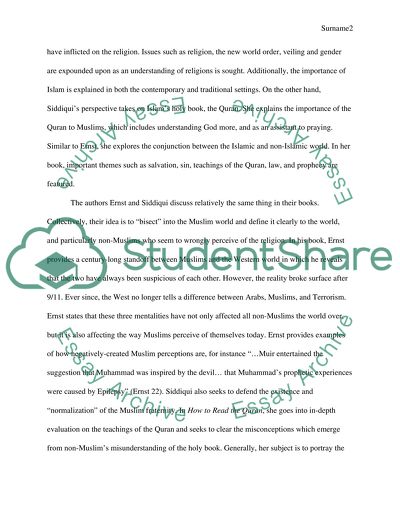Cite this document
(“Comparative Book Review : Carl Ernsts and Mona Siddiquis book Essay - 1”, n.d.)
Comparative Book Review : Carl Ernsts and Mona Siddiquis book Essay - 1. Retrieved from https://studentshare.org/religion-and-theology/1657661-comparative-book-review-carl-ernsts-and-mona-siddiquis-book
Comparative Book Review : Carl Ernsts and Mona Siddiquis book Essay - 1. Retrieved from https://studentshare.org/religion-and-theology/1657661-comparative-book-review-carl-ernsts-and-mona-siddiquis-book
(Comparative Book Review : Carl Ernsts and Mona Siddiquis Book Essay - 1)
Comparative Book Review : Carl Ernsts and Mona Siddiquis Book Essay - 1. https://studentshare.org/religion-and-theology/1657661-comparative-book-review-carl-ernsts-and-mona-siddiquis-book.
Comparative Book Review : Carl Ernsts and Mona Siddiquis Book Essay - 1. https://studentshare.org/religion-and-theology/1657661-comparative-book-review-carl-ernsts-and-mona-siddiquis-book.
“Comparative Book Review : Carl Ernsts and Mona Siddiquis Book Essay - 1”, n.d. https://studentshare.org/religion-and-theology/1657661-comparative-book-review-carl-ernsts-and-mona-siddiquis-book.


